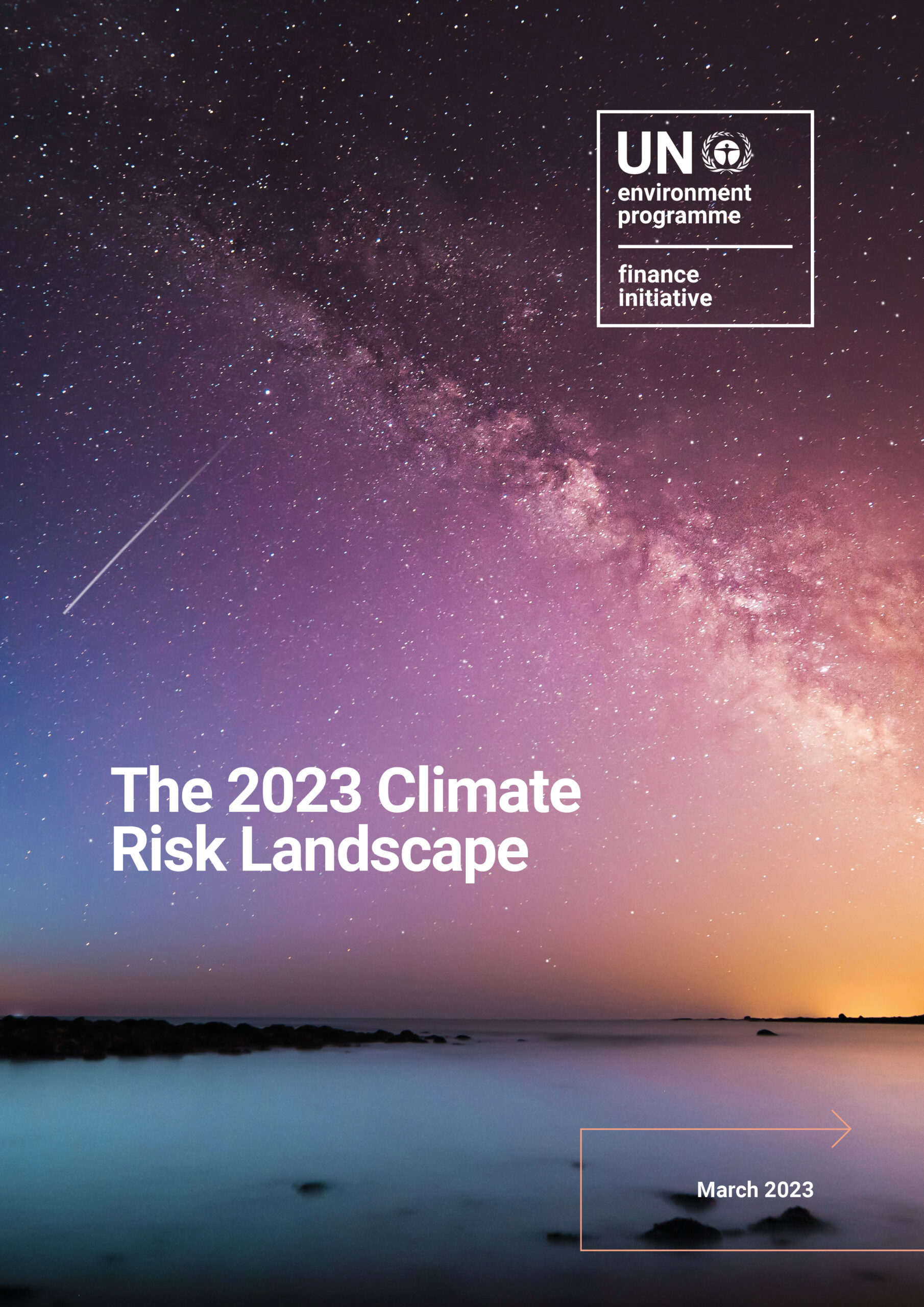The building sector plays a vital role in limiting global warming to 1.5°C and advancing climate objectives, as significant strides in reducing energy consumption and greenhouse gas (GHG) emissions within this sector are essential. This latest report emphasises that achieving these goals requires targeted retrofitting strategies and avoiding stranded assets, all underpinned by key performance indicators (KPIs) that track progress towards these ambitious environmental milestones. It delves into the critical nature of retrofits, evaluates existing methodologies for assessing climate risks in real estate portfolios, and explores various stakeholders’ roles in facilitating retrofitting.
The financial sector is leading the transition to a lower-carbon future, and real estate asset valuations are increasingly tied to energy efficiency, making inefficient buildings tangible financial risks. Carbon pricing and operational cost impacts further influence these valuations. For investors and insurers, retrofitting represents a strategic opportunity to capitalise on the demand for energy-efficient buildings. For banks, retrofits can enhance asset security and stabilise borrowers’ income.
It is a technical supplement to UNEP FI’s renowned annual Climate Risk Landscape Report which serves as a comprehensive resource delving into the available tools for financial institutions to assess physical and transition climate risks and boost their institution’s resilience to related impacts.
This report has been produced by UNEP FI’s Risk Centre. Find out more about this new virtual hub that is integrating resources to help UNEP FI’s members tackle sustainability risks.



